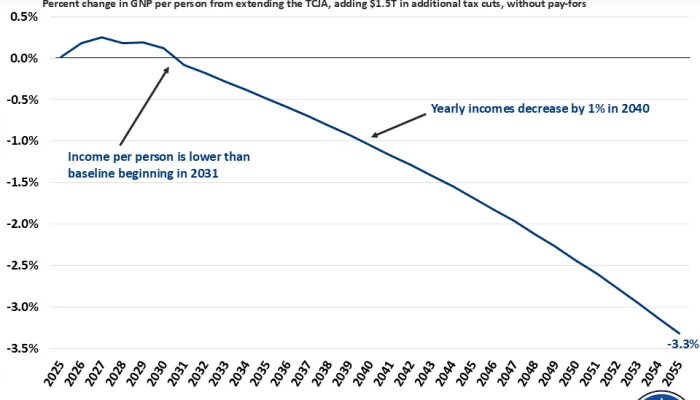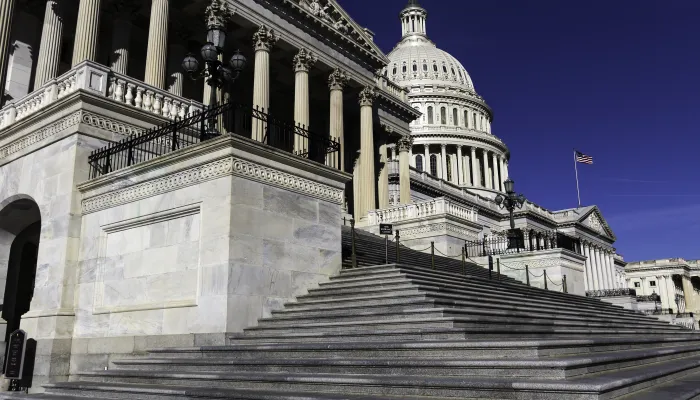Health Care Policies in the President's Budget
Lawmakers often lament the difficulty of reforming Medicare and other health care programs, but the difficulty is not a lack of viable options. One particularly lush source of ideas to examine is the President’s budget.
His budget offers $435 billion in health care savings, which would pay for reforming the Sustainable Growth Rate (SGR), new health initiatives (some of which are in the SGR bill), and repealing the Medicare sequester while leaving an additional $100 billion for deficit reduction. On top of many reforms found in previous budgets, it also includes efforts to improve the delivery system and enact payment reforms – as well as new spending – not seen in previous budgets.
Here are a few highlights of the proposed savings:
- Allow the Health and Human Services (HHS) Secretary to negotiate certain drug prices: Although this item is budget-neutral, it would let the Department negotiate with pharmaceutical manufacturers to lower the price of high-cost prescription drugs and biologics for Medicare Part D. This policy is in addition to other proposed drug payment reforms in the budget that save $165 billion.
- Equalize payments for similar care performed in different sites of service: A trend in Medicare is the shift of ambulatory care from doctors' offices to hospital outpatient facilities, the latter of which receives a higher reimbursement from the government. The budget proposes to equalize payments for services that can be well provided in physician offices, regardless of whether that care is provided in a hospital outpatient department, physician's office, or an Ambulatory Surgery Center. CBO estimates that this would save $13 billion over the next decade.
- Improve Accountable Care Organization (ACOs) model: The President’s budget seeks to improve the incentives faced by ACOs and increase the tools available to them in a number of ways. Specifically, it would allow ACOs to pay beneficiaries to see in-network providers for primary care visits, making it easier to coordinate and improve care. Additionally, the budget would modify beneficiary assignment to ACOs to incorporate visits to non-physician professionals (e.g., nurse practitioners, physician assistants, and clinical nurse specialists) in the determination the right ACO for a patient, and also allow for assignment to Federally Qualified Health Centers and Rural Health Clinics that participate in ACOs. Although CBO does not know whether these changes would produce significant savings, they would remove barriers to success for ACOs, and lend evidence to whether or not this model is a step in the right direction for delivery system reform.
| Health Care Policies in the President's Budget | |
| Policy | 2015-2025 Savings/Costs (-) |
| Reduce prescription drug spending | $165 billion |
| Reduce post-acute care spending | $80 billion |
| Increase Medicare means-tested premiums and cost-sharing | $95 billion |
| Enact delivery system reforms, strengthen IPAB | $30 billion |
| Reduce bad debts, GME, Medicare Advantage spending | $65 billion |
| Gross Savings | $435 billion |
| Reform Sustainable Growth Rate | -$175 billion |
| Expand/extend health care benefits | -$45 billion |
| Make health care workforce investments | -$20 billion |
| Repeal Medicare sequester | -$95 billion |
| Net Savings | $100 billion |
Source: CBO
In addition to these savings, the President proposes a few new spending initiatives, including:
- Replace the Medicare Sustainable Growth Rate (SGR): With the latest “doc fix” patch now expired, the President’s budget includes an SGR replacement bill very similar to the one in Congress, replacing the SGR with a Merit-based Incentive Payment System (MIPS) and encouraging the use of Alternative Payment Models (APM). The physician payment freeze, rather than the SGR’s 21 percent cut, that was included in previous budgets would cost $142 billion through 2025, and the new physician payment reforms would cost an additional $32 billion for a total of $174 billion, which is more than paid for with other reforms in the budget.
- Eliminate Medicare's limit on inpatient psychiatric services: Under current law, Medicare beneficiaries can only stay in psychiatric hospitals for 190 days over the course of their lifetime. The budget would eliminate this limit. This change reflects increases in Medicare beneficiaries who require inpatient psychiatric treatment and puts behavioral health at the same standard as physical health under Medicare. Over the next ten years, it is estimated that this proposal would cost $3 billion.
- Allow states to offer 12-month continuous Medicaid coverage for adults: Existing rules for Medicaid eligibility allow for children to continue coverage in Medicaid and CHIP even if parental income rises above eligibility limits, but adults are not allowed the same benefit. Under this policy, churn between insurance coverage due to changes in income would be mitigated for adults that might otherwise lose their Medicaid eligibility. It would cost about $9 billion on net over the next decade.
- Pilot a state-led long-term care plan: Citing a current industry bias towards long-term institutional care, the President’s budget would provide funding for five states to pilot a Medicaid home and community-based services (HCBS) program that shifts long-term care from institutions to home-based services and community living. This program would cost $9 billion and last for eight years, after which the HHS Secretary has the option to make it permanent.
Many of the other changes specified in the President’s budget are carried over from previous budget proposals. Adjusting and bundling payments for post-acute care, strengthening the Independent Payment Advisory Board (IPAB), and increasing means-testing for Medicare premiums (a policy partially included in the SGR bill) account for $155 billion in health care savings over the ten-year window. Other past proposals include changing coding intensity to compensate for gaming of risk adjustment in Medicare Advantage, reducing coverage for bad debts, and reforming Graduate Medical Education (GME) payments.
The health care savings in the President's Budget are just some of many health care options that could be added to the SGR bill to make it more fiscally responsible.


